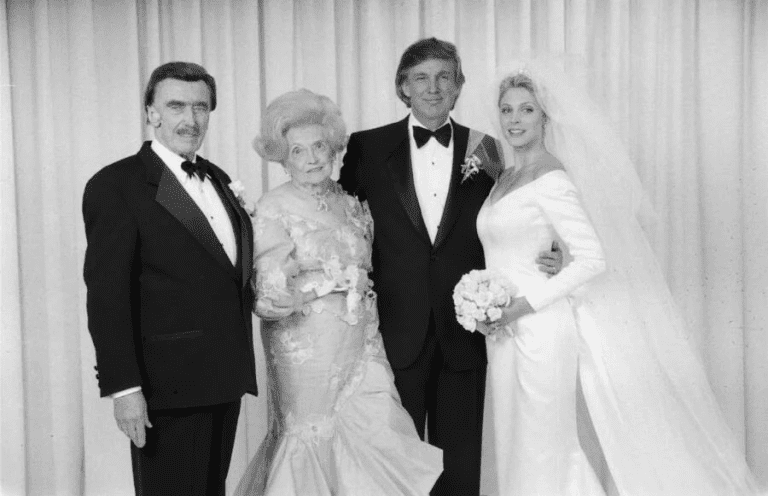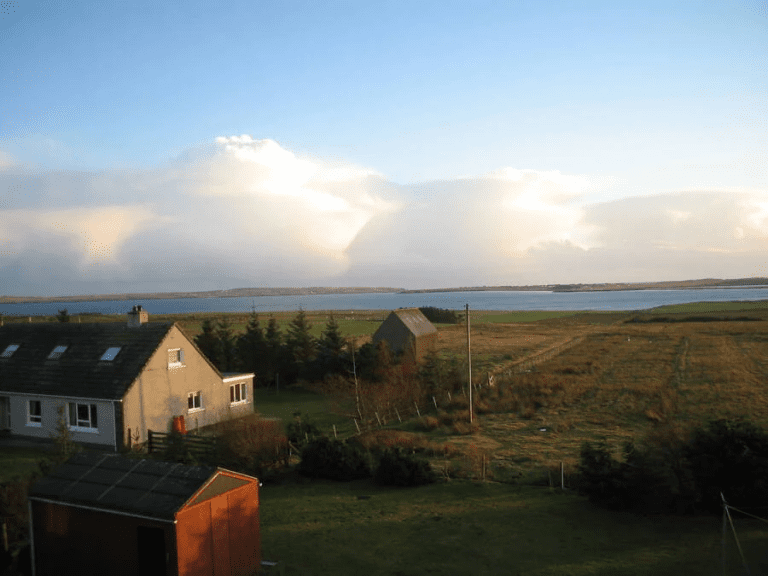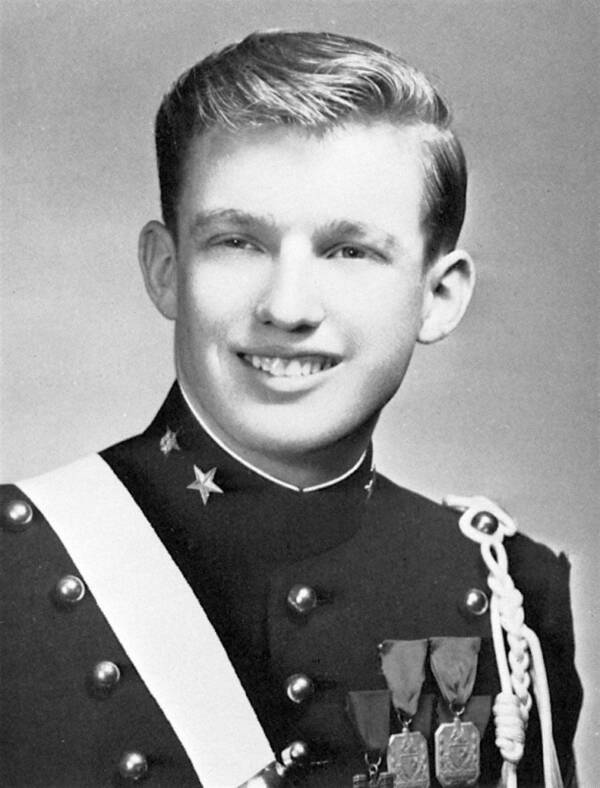Before the Trump name became synonymous with real estate empires and the presidency, there was Mary Anne MacLeod—a resilient young woman from the rugged coasts of Scotland who would one day raise one of the most controversial and powerful figures in American politics. Her story isn’t just about immigration; it’s about courage, grit, and the kind of hope that dares to cross oceans.

Born Into Hardship in the Scottish Highlands
Mary Anne MacLeod was born on May 10, 1912, in Tong, a tiny windswept fishing village on the Isle of Lewis in Scotland’s Outer Hebrides. She was the youngest of ten siblings in a household led by a fisherman father and homemaker mother. Life in Tong wasn’t romantic—it was harsh. Gaelic was her first language. Modern comforts were few. The economy was fragile. But somehow, Mary Anne never let that limit her dreams.
As Europe edged closer to economic collapse, Mary Anne began to look west. Not for luxury, but for opportunity.
Video: Meet Donald Trump’s Mother – Mary Anne MacLeod Trump, 1994
Boarding a Steamship With $50 and a Dream
In 1930, with just $50 in her handbag and a head full of hope, 18-year-old Mary Anne boarded the RMS Transylvania bound for New York. Her immigration status? Domestic worker. Her destination? Her sister’s modest apartment in Astoria, Queens.
She wasn’t welcomed by red carpets. She scrubbed floors. She changed diapers. She earned her living as a maid for wealthy Manhattan families during the Great Depression. Every dollar she made helped secure her place in a country she desperately wanted to call home.
A Life-Changing Meeting With Fred Trump

Then fate intervened. At a social gathering in the early 1930s, Mary Anne met Fred Trump—a sharp, driven builder with big ambitions in New York’s growing real estate market. Their chemistry was instant. By 1936, they were married.
Mary Anne and Fred began their life together in Jamaica Estates, Queens. Their early years were modest but full of potential. While Fred expanded his business, Mary Anne focused on family, giving birth to five children, including Donald Trump in 1946.
From Maid to Matriarch: Becoming a U.S. Citizen

In 1942, Mary Anne became a naturalized U.S. citizen—a monumental step that transformed her from immigrant to American. She fully embraced her role as a homemaker, mother, and civic participant. Despite a life-altering complication during childbirth that required multiple surgeries, she remained an unwavering presence in her children’s lives.
She also began giving back. Long before her family rose to public fame, Mary Anne volunteered in hospitals and supported causes related to cerebral palsy and developmental disorders. She quietly embodied a life of service and grace, without ever seeking the limelight.
Grace, Glamour, and Grit Behind Closed Doors
Video: Inside The Remote Scottish Town Where Trump’s Mother, Mary, Grew Up
Publicly, Mary Anne was elegant—always dressed impeccably, often seen in pearls and fur. But behind that grace was a steel core. She kept the Trump household in order and made sure her children, especially her sons, understood discipline, self-reliance, and ambition.
Despite living in wealth, she never forgot where she came from. Those early days in Scotland, the journey across the Atlantic, and the years spent working as a maid grounded her. While Fred Trump became the business face of the family, Mary Anne was its emotional backbone.
Her Enduring Influence on Donald Trump

Donald Trump often credits his father for his business instincts, but his mother’s influence is quietly present in his personality. He once said she had “a flair for the grand and dramatic”—a trait that clearly rubbed off on him.
Throughout his rise—from real estate mogul to reality TV star to President—Donald kept his mother close in symbolic ways. Her portrait hung in the White House. Her Bible was used during his inauguration. And the private room named after her in Mar-a-Lago stands as a tribute to her elegance and legacy.
Later Years and a Quiet Farewell
In her later years, Mary Anne stepped away from public life but remained a deeply respected figure within the Trump family. She traveled, spent time with her children and grandchildren, and quietly watched her family ascend to extraordinary levels of fame and controversy.
She passed away on August 7, 2000, at the age of 88, leaving behind not just a family dynasty but a legacy of resilience, class, and deep-rooted strength. She was laid to rest beside her husband and son Fred Jr., closing the chapter on a life that began in obscurity and ended in American history.
Conclusion: The Quiet Power of Mary Anne MacLeod Trump

Mary Anne MacLeod Trump’s journey is more than a rags-to-riches immigrant tale—it’s a powerful reminder of how ordinary beginnings can lead to extraordinary legacies. She crossed an ocean alone. She weathered decades of change. She raised a president. But above all, she lived a life anchored in values.
She didn’t build skyscrapers or host TV shows, but her quiet determination helped shape the Trump empire in ways the public rarely sees. Her legacy stands not only in the buildings that bear her last name—but in the grit, grace, and unshakable will that built them.


